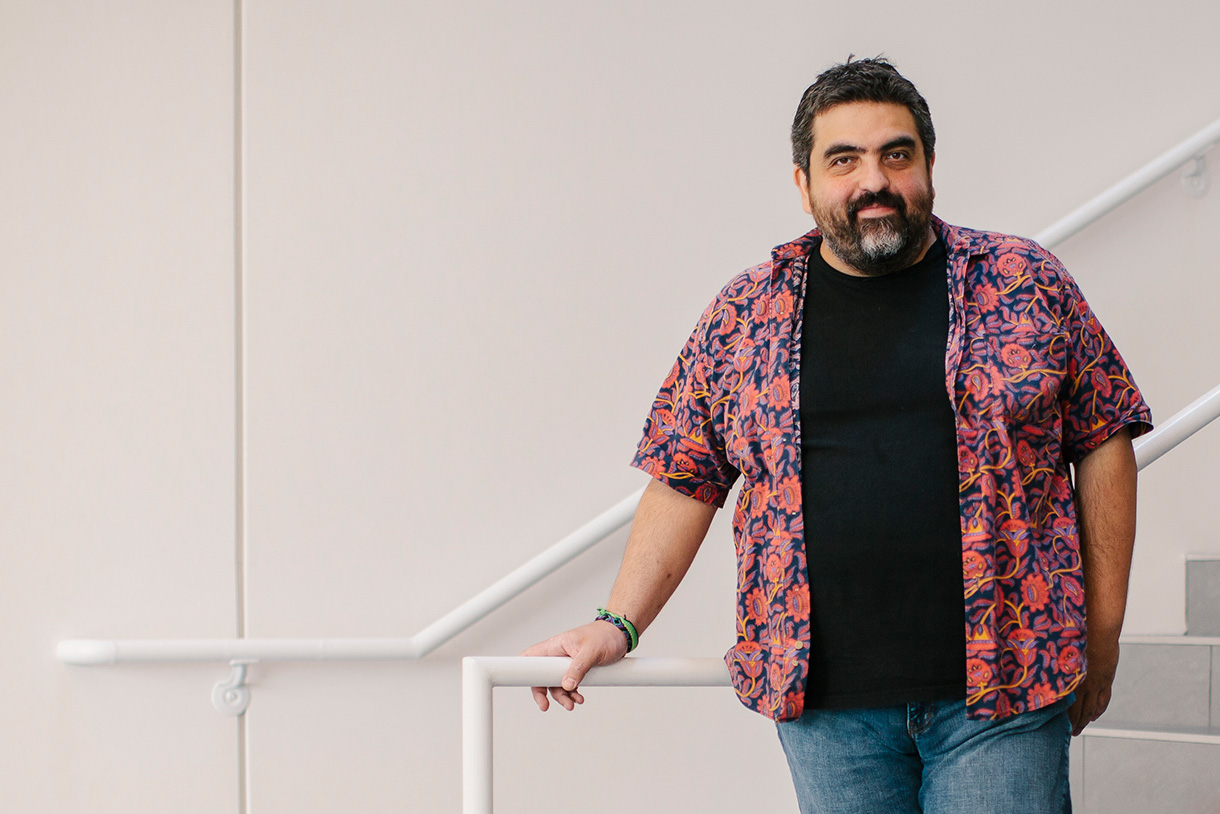Science and Mathematics faculty member named recipient of National Science Foundation grant

Columbia College Chicago is thrilled to congratulate SCMT faculty member Luis Nasser, who has secured a $200,000 National Science Foundation grant on behalf of the college to assist in his research on the thermodynamics of harmony.
According to Nasser, this research is significant because it will require the synergy of art and science and continues on work he published in 2020 on how music informs dynamical systems, and vice versa.
“Physics is the art of discovering and understanding the patterns of nature; seeking connections and using them to look further,” explained Nasser. “Establishing direct connection between the patterns of nature and those of harmony in music is a tantalizing avenue of research.”
His proposal seeks to unify basic research in thermodynamics and statistical mechanics with music and composition, building upon the Principal Investigator’s recently published work on how harmony, when informed by mathematical physics, can generate new insights in both.
Nasser says the ultimate goal is to derive a general music theory driven by nature itself, instead of the harmonic style of 18th century European composers. Students at the Principal Investigator’s institution will get opportunities to use their artistic expertise, within the context of physics, to help develop innovative pedagogical tools that show how music is the voice of mathematics.
Nasser will interrogate the synergy between physics and music in three different ways, he says:
According to Columbia’s Grant and Contracts Manager, David Weiner, this is currently the only grant awarded to an individual in Columbia’s Science and Mathematics Department and the first NSF grant awarded to the college in nearly 20 years.
On average, the college receives $1.5 million in federal grant funds each year, approximately 80% of which come from the U.S. Department of Education – supporting the college’s TRIO program and our work in CPS schools with the Community Schools program. The other 20% of federal grant funding typically comes from the National Endowment for the Arts in support of the Dance Center and the Museum of Contemporary Photography.
To find out more about Columbia’s grant funding, visit our External Grants page.
Visit the National Science Foundation website for more information about this grant.
Recent News
- Fashion Studies Students Partner With Apparel Company to Create Adaptive Clothing
- Columbia Students Named Finalists in NRF Foundation’s Student Challenge
- Columbia’s Rankings and Awards in 2022
- DeAndre James Allen-Toole '15, MFA '17 Receives ASCAP Foundation Michelle and Dean Kay Award
- Columbia College Chicago and the Illinois Institute of Technology Join Forces to Offer Students Expanded Learning Opportunities